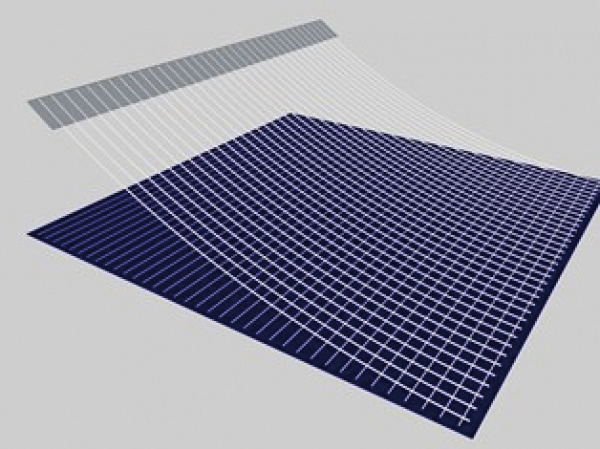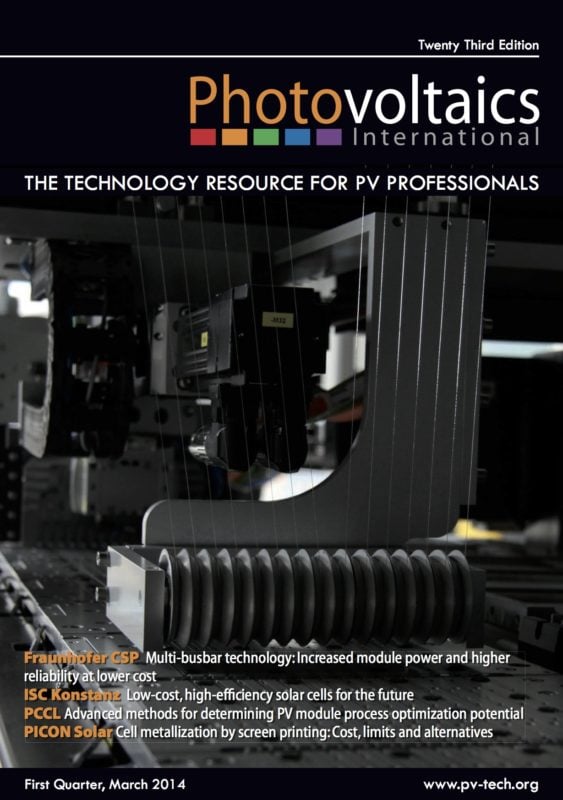By Joris Libal, Research Engineer, ISC Konstanz; Valentin D. Mihailetchi, Senior Scientist in the Advanced Cell Concepts Department, ISC Konstanz; Radovan Kopecek, Head of the Advanced Solar Cells Department, ISC Konstanz
After several years of crisis, the PV manufacturing industry is expected to pick up again from 2014 onwards, and cell and module producers will consequently expand their production capacities in the coming years. To obtain high margins, producers must introduce new products that are better performing in terms of electrical performance and lifetime, even under harsh climatic conditions (e.g. in desert regions). This requires the use of innovative technologies that not only allow low production costs (US$/Wp), but also guarantee at the same time high module efficiencies and – even more importantly – high energy yields in terms of kWh over the entire lifetime of the system. This means that the most promising advanced cell concepts will use a limited number of standard industrial process steps and proven standard equipment. For at least the next five (probably more) years, high efficiency (>20%) at a reasonable cost will still be achieved with crystalline silicon-based technology alone. The research and development at ISC Konstanz therefore concentrates mainly on cell concepts that can be implemented using standard tube furnace diffusions and screen-printed metallization, with a focus on n-type-based technologies. This paper gives an overview of ISC Konstanz's technology zoo, including BiSoN, PELICAN and ZEBRA cell concepts, which are ready for industrial implementation. In addition, the integration of these innovative cells into modules, along with the importance of various features – such as bifaciality – in increasing the energy yield, is discussed.



